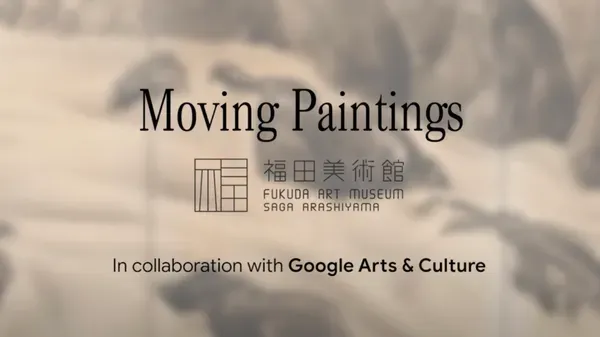Google just turned centuries-old paintings into living, breathing scenes. The tech giant's Arts & Culture division is using its advanced Veo AI model to animate static artworks at Japan's Fukuda Art Museum, creating what they're calling "Moving Paintings" - a breakthrough that transforms how we experience historical art and could reshape digital preservation for museums worldwide.
Google is quietly revolutionizing how we experience art history, and the results are mesmerizing. The company's Arts & Culture division just unveiled Moving Paintings, a collaboration with Japan's prestigious Fukuda Art Museum that uses Google's Veo AI model to breathe life into centuries-old static artworks.
The project addresses a fundamental challenge that's plagued digital art curation for years: how do you move beyond the single, fixed frame? "Every static masterpiece holds not just a captured moment, but the potential for a story that continues beyond the image's edge," explains Ayako Takemoto, Deputy Director at Fukuda Art Museum, in Google's announcement.
Veo's breakthrough lies in its ability to extrapolate plausible movement from completely static compositions. The AI model bridges the gap between a single image and hundreds of video frames, generating what Google calls "temporal coherence that feels intentional." It's not just adding random motion - it's understanding the implied energy within each scene.
Google Arts & Culture has developed two distinct operational modes that tackle different creative challenges. Animation Mode works with expert-defined inputs, where curators partner with Google teams to identify implied energy within scenes - the falling rain, the passing traveler, the fluttering banner. Veo then translates these movement vectors into continuous, high-definition sequences that transform implied stories into explicit visual events.
The second approach, Photorealistic Mode, takes a more ambitious leap. Rather than animating artistic interpretations, it simulates what the actual world might have looked like that inspired the original artwork. "Veo uses the static image as a visual seed to generate a high-fidelity video that simulates the photorealistic world that might have inspired the original view," according to the technical documentation.
This isn't Google's first foray into AI-powered cultural preservation. The Moving Paintings project builds on earlier work with the Harley Davidson Museum's Moving Archives initiative, suggesting Google is systematically exploring how generative AI can transform institutional collections.












